Introduction
The Fascination with Lion Speed
Lions, often dubbed the “King of the Jungle,” are known for their majestic presence and incredible power. But have you ever wondered how fast can a lion run? This question has intrigued wildlife enthusiasts and scientists alike. Understanding the speed of a lion isn’t just about numbers; it’s about appreciating the incredible design of nature. Picture a lion in the wild, muscles rippling as it charges towards its prey, a blur of golden fur and raw power. It’s a sight that captures the essence of the wild.
Why Speed Matters for Lions
Understanding how fast a lion can run is crucial to appreciating the role of speed in a lion’s survival. Whether it’s chasing down prey or escaping threats, a lion’s speed plays a pivotal role. Imagine being on a safari, watching a lioness crouch in the tall grass, eyes locked on a herd of antelope. In an instant, she springs into action, covering ground with astonishing speed. This ability to accelerate quickly can make the difference between a successful hunt and an empty stomach. Let’s dive into the world of lions and uncover the secrets behind their remarkable speed.
The Physiology Behind How Fast a Lion Can Run
Muscular Structure: The Power Behind How Fast a Lion Can Run
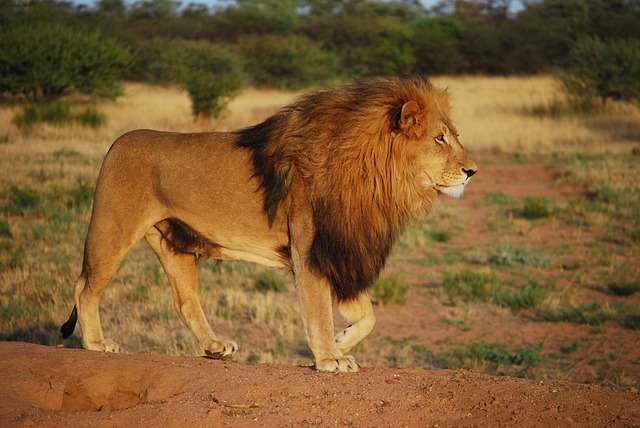
To grasp how fast a lion can run, it’s essential to understand their muscular build, designed for explosive power. Their muscles, especially the fast-twitch fibers, are optimized for short, intense bursts of speed. These muscles are thicker and denser than those found in many other animals, providing the raw power needed for rapid acceleration.
Fast-Twitch Muscle Fibers
These fibers contract quickly and forcefully, allowing lions to sprint at incredible speeds. However, they also fatigue quickly, which is why lions are sprinters rather than marathon runners. It’s a bit like comparing a 100-meter sprinter to a long-distance runner; lions are built for power and speed over short distances, not endurance.
Skeletal Adaptations
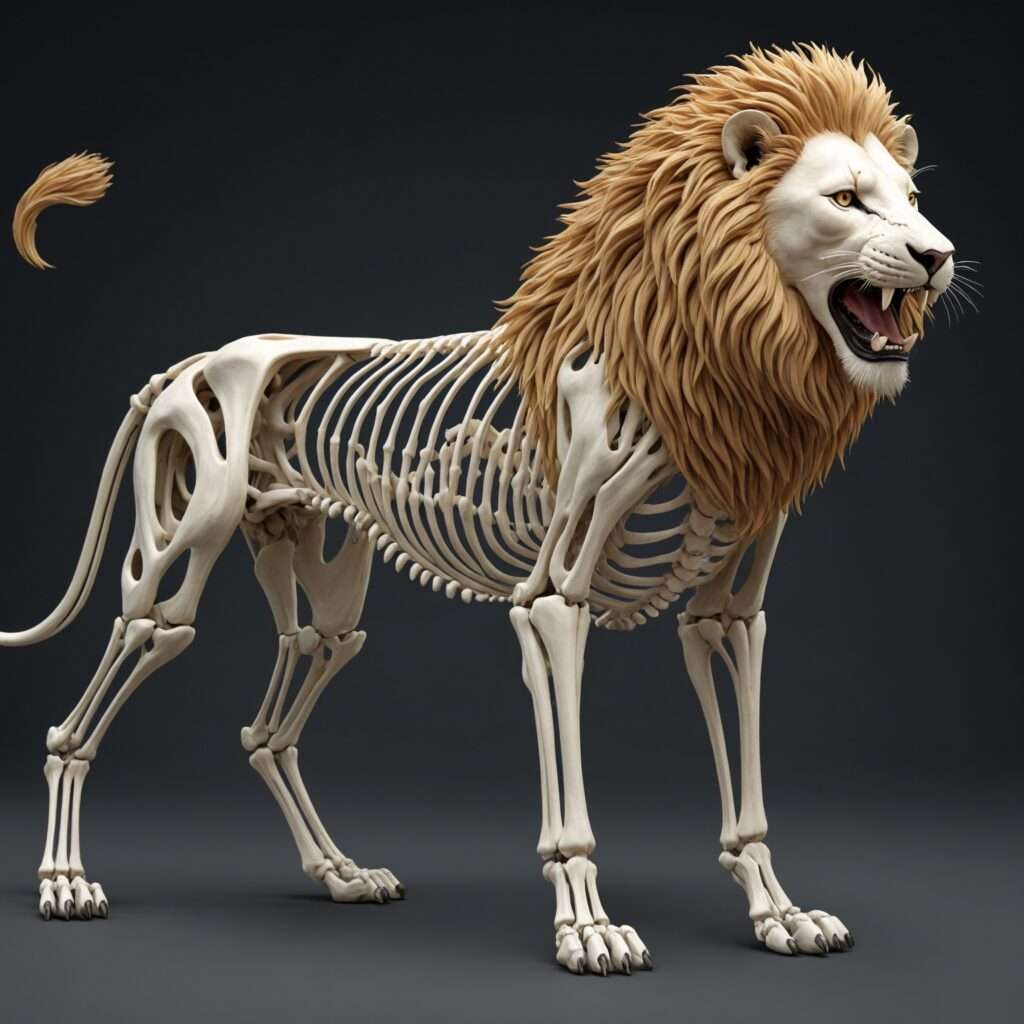
A lion’s skeleton is equally remarkable, built to support its rapid movements. Their bones are robust yet flexible, providing a perfect balance of strength and agility.
Flexible Spine and Long Legs
The flexible spine acts like a spring, storing and releasing energy with each stride. Combined with long, powerful legs, this enables lions to cover significant ground in a single leap. If you watch a lion run in slow motion, you can see how each part of its body contributes to its speed – the spine arching and extending, the legs pushing off with incredible force.
Paws and Claws
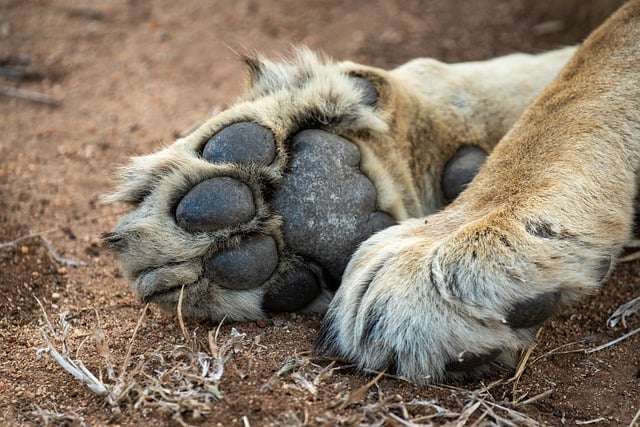
Lions’ paws and claws also play a significant role. The large, padded paws help to absorb the shock of impact when running at high speeds, while the retractable claws provide grip and traction, especially when making sharp turns or pouncing on prey.
How Fast Can a Lion Run Compared to Other Animals?
Cheetahs vs. Lions: How Fast Can a Lion Run?
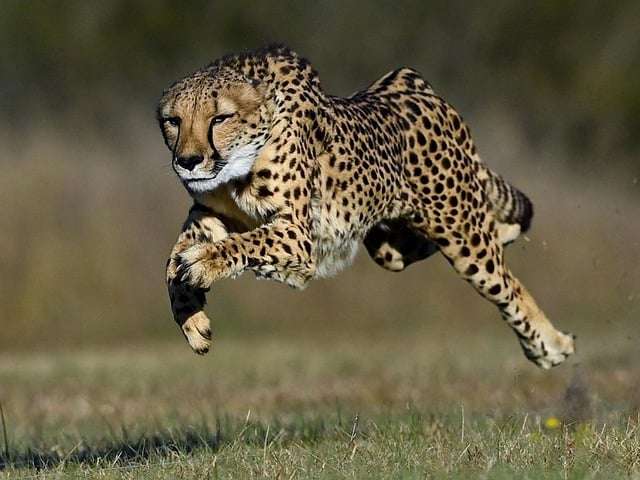
When comparing how fast a lion can run to cheetahs, which are the undisputed champions of speed, reaching up to 70 mph, lions can hit speeds of around 50 mph. However, cheetahs can only maintain their top speed for about 20 seconds, while lions can sustain their speed for slightly longer. This difference in stamina means that lions rely more on strategy and teamwork when hunting.
Lions vs. Tigers: Comparing How Fast They Can Run
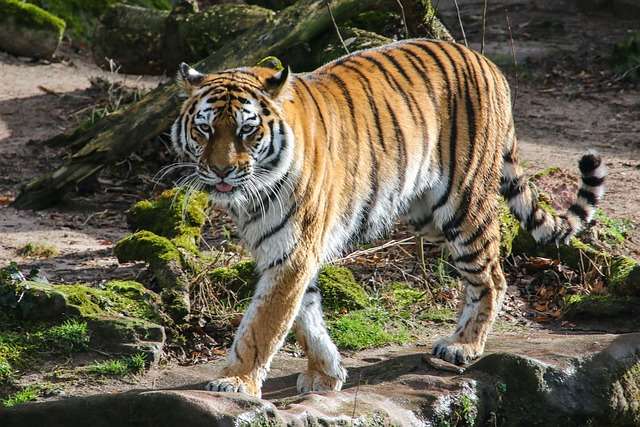
Tigers, close relatives of lions, are also fast but not as quick. Tigers can run at speeds of around 40 mph, making lions faster in a head-to-head sprint. However, tigers often use their strength and stealth more than their speed when hunting.
Lions vs. Humans
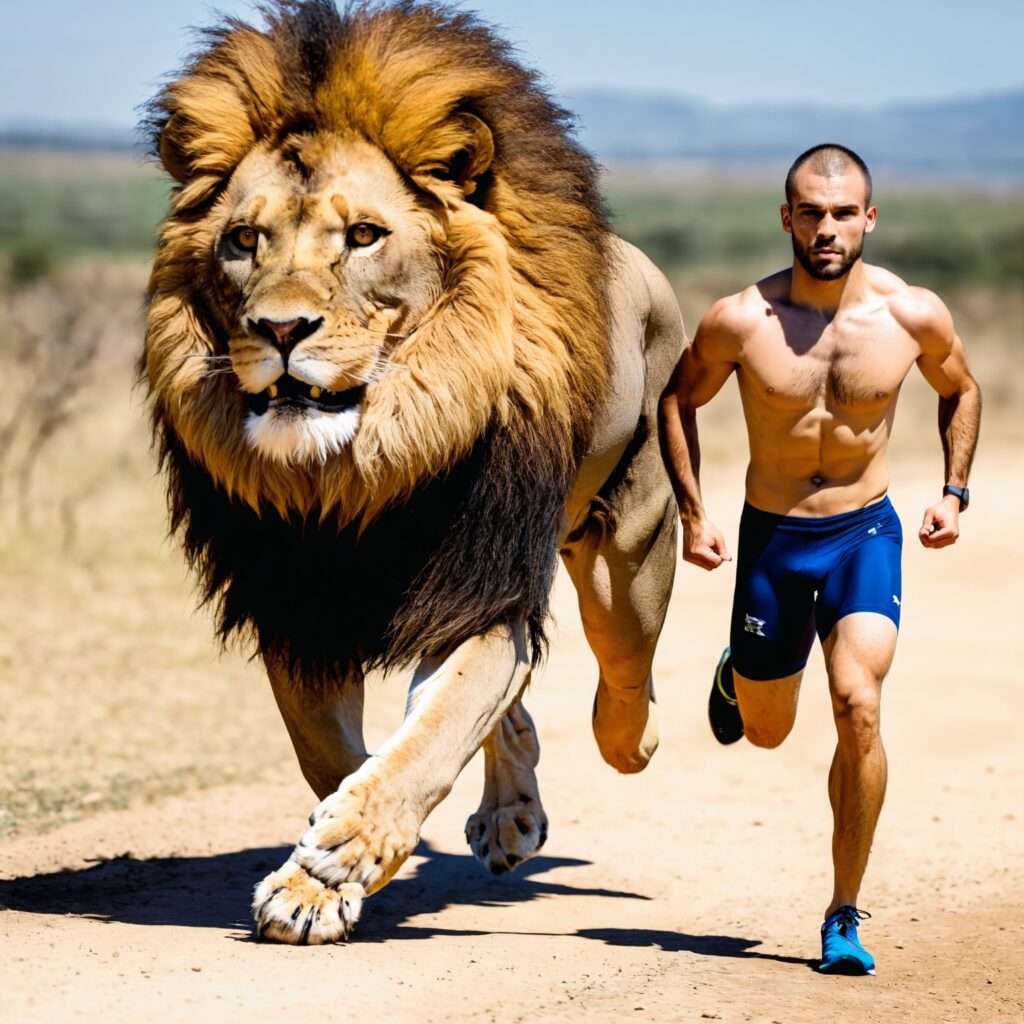
Compared to the fastest human sprinters, who can reach speeds of around 28 mph, lions are significantly faster, making any escape attempt futile if you find yourself in a race against one. Usain Bolt, the fastest man alive, would be left in the dust by a sprinting lion.
Lions vs. Other Predators
Other predators like wolves and hyenas have different speed capabilities. Wolves can run at about 35 mph and have greater endurance, which suits their hunting style of long chases. Hyenas, on the other hand, can run at speeds up to 37 mph but often rely on endurance and teamwork to bring down prey. This makes lions one of the fastest and most formidable predators in their ecosystem.
Hunting Techniques of Lions
The Ambush Strategy
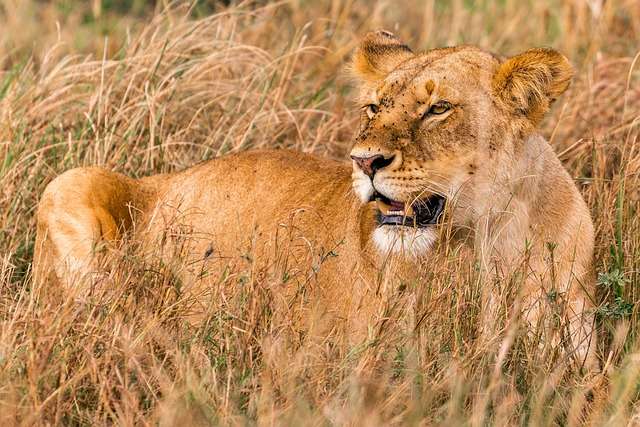
Lions rely on stealth and surprise rather than sheer speed to catch their prey. They often use cover and shadows to get as close as possible before launching a quick sprint to close the distance. This strategy is particularly effective in the grasslands of Africa, where tall grasses provide ample cover for a stalking lion.
Coordinated Group Hunts
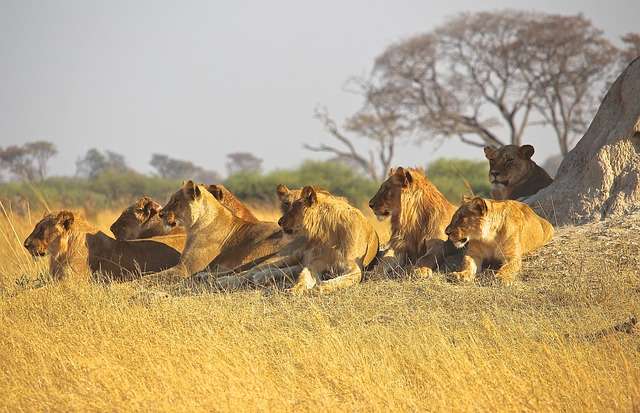
Lions are social hunters, often working together to outmaneuver and capture prey. This coordination allows them to maximize their hunting success, even if not all members are the fastest runners. In a pride, lionesses typically do most of the hunting, using teamwork to drive prey into an ambush. Each lioness has a role, whether it’s driving the prey towards waiting hunters or blocking escape routes.
Role of Speed in Hunting
Speed is crucial in the final moments of a hunt. Once a lioness has closed the distance to her prey, she must be able to sprint quickly to tackle and overpower it. The initial burst of speed can mean the difference between a successful hunt and a missed opportunity. For instance, when chasing a wildebeest, a lioness might use a burst of speed to catch it by surprise, leaping and bringing it down with a powerful swipe.
Examples from the Wild
Consider a lion pride hunting a zebra herd. The lionesses spread out, using the terrain to their advantage. As they close in, one lioness breaks cover, sprinting at top speed towards the herd. The zebras scatter, but the lioness focuses on a single target, closing the distance rapidly. This combination of stealth, strategy, and speed is what makes lions such effective hunters.
Real-Life Examples of Lions’ Speed
Famous Fast Lions in Documentaries
Documentaries have captured some incredible footage illustrating how fast a lion can run in action. For instance, the famous lioness, Malaika, showcased her speed and agility in the BBC’s “Big Cat Diary,” stunning viewers with her hunting prowess. In one memorable scene, Malaika is seen sprinting after a gazelle, her muscles rippling as she covers the ground in mere seconds.
Anecdotes from Wildlife Photographers
Wildlife photographers often share thrilling stories of lions chasing down prey or quickly changing direction to catch an unsuspecting animal. These firsthand accounts highlight just how impressive lions’ speed can be in real-life scenarios. One photographer recalled an encounter where a lioness, hidden in the tall grass, burst into a sprint and caught a warthog in a matter of seconds. The sheer speed and power left the photographer in awe.
Encounters on Safari
On safari, visitors might witness a lion pride in action. Guides often position vehicles in anticipation of a hunt, providing a front-row seat to the spectacle of a lion’s sprint. Seeing a lion accelerate from a standstill to a full sprint is a breathtaking experience, one that leaves a lasting impression on all who witness it.
Research and Studies
Scientific studies have also documented the speed of lions using GPS collars and motion-sensing cameras. These studies provide valuable insights into how lions utilize their speed in different contexts, whether during hunts or territorial disputes. Researchers have observed that lions can accelerate rapidly, reaching speeds of 35 mph within just a few seconds, showcasing their explosive power.
Human Interactions with Fast Lions
Safari Encounters
On safaris, guides often advise staying in vehicles to avoid provoking a lion. The reason? Lions can quickly close the gap between themselves and potential threats, making them formidable animals to encounter in the wild. Even at a relaxed pace, lions can move swiftly and silently, surprising unsuspecting tourists who venture too close.
Conservation Efforts
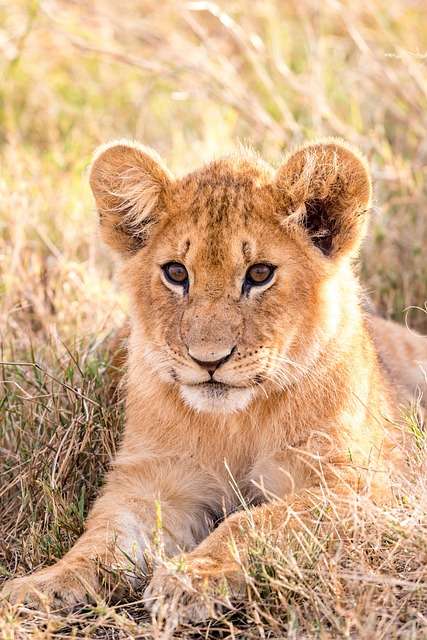
Understanding lions’ speed and behavior is crucial for conservationists. Efforts to protect their habitats ensure these majestic animals continue to thrive and display their incredible abilities. Conservation programs often focus on preserving the natural landscapes that lions need to hunt effectively. By maintaining these habitats, conservationists help ensure that lions can continue to use their speed and hunting skills to survive.
Challenges in Captivity
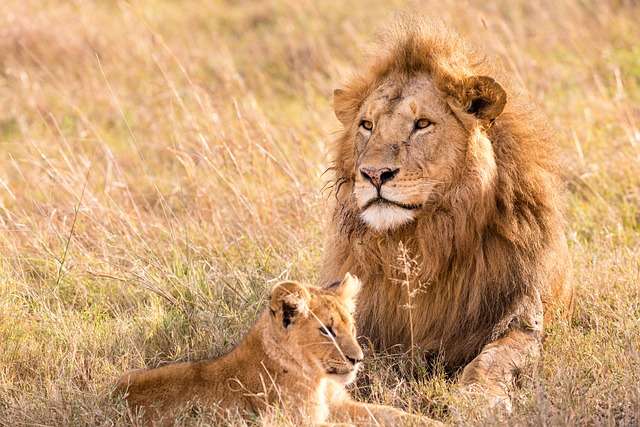
In captivity, lions don’t have the same opportunities to use their speed as they do in the wild. This can lead to health issues and reduced physical fitness. Zoos and wildlife sanctuaries often create enrichment programs to encourage natural behaviors, including running and hunting simulations, to keep captive lions healthy and active.
Education and Awareness
Educating the public about the importance of lions’ speed and natural behaviors is key to promoting conservation efforts. Through documentaries, wildlife parks, and educational programs, people can learn about the vital role that speed plays in a lion’s life and why it’s essential to protect these magnificent animals.
Conclusion
Recap of Key Points
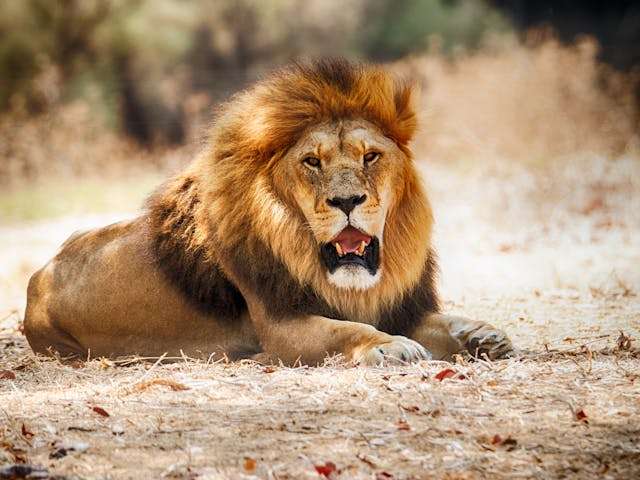
Lions are incredibly fast animals, capable of reaching speeds of up to 50 mph. Their muscular structure, skeletal adaptations, and hunting techniques all contribute to their speed. Whether comparing them to other animals or understanding their role in the ecosystem, lions’ speed is a testament to the wonders of nature.
Final Thoughts
Next time you watch a lion in action, whether on a documentary or a safari, take a moment to appreciate the incredible speed and power of these magnificent creatures. Their agility and strength are not just fascinating but essential for their survival. The awe-inspiring sight of a lion in full sprint is a reminder of the beauty and power of the natural world, urging us to protect and preserve these remarkable animals.
FAQs
How fast can a lion run in short bursts?
Lions can reach speeds of up to 50 mph in short bursts, typically when chasing prey. This speed, however, can only be maintained for about 100 meters before the lion needs to rest.
What factors affect a lion’s speed?
Factors such as age, health, and terrain can affect a lion’s speed. Younger, healthier lions tend to be faster, while rough or uneven terrain can slow them down.
Are lions faster than other big cats?
Lions are faster than tigers but not as fast as cheetahs, which hold the record for the fastest land animal. Cheetahs can reach speeds of 70 mph, while tigers can run up to 40 mph.
How does age affect a lion’s speed?
As lions age, their speed and overall agility tend to decrease, impacting their hunting efficiency. Older lions might rely more on strategy and experience rather than sheer speed to catch prey.
Can lions maintain their top speed for long distances?
No, lions can only maintain their top speed for short distances, usually around 100 meters, before they need to rest. This is due to their reliance on fast-twitch muscle fibers, which fatigue quickly.

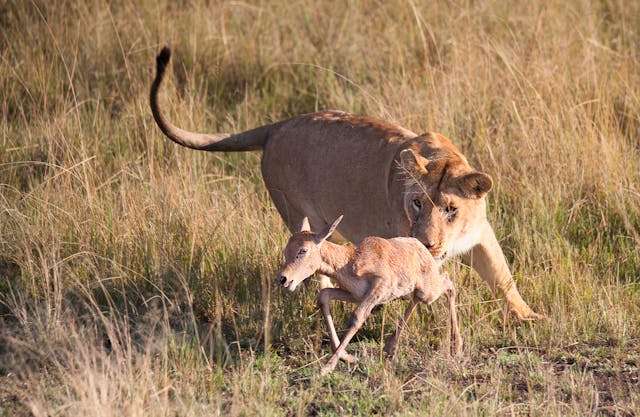
Hello terrific blog! Does running a blog such as this take a large amount of
work? I’ve absolutely no knowledge of programming
but I had been hoping to start my owwn blog soon. Anyway,
if you have any ideas or techniques for new
blog owners please share. I understand thgis is off topic but
I just had to ask. Appreciwte it!